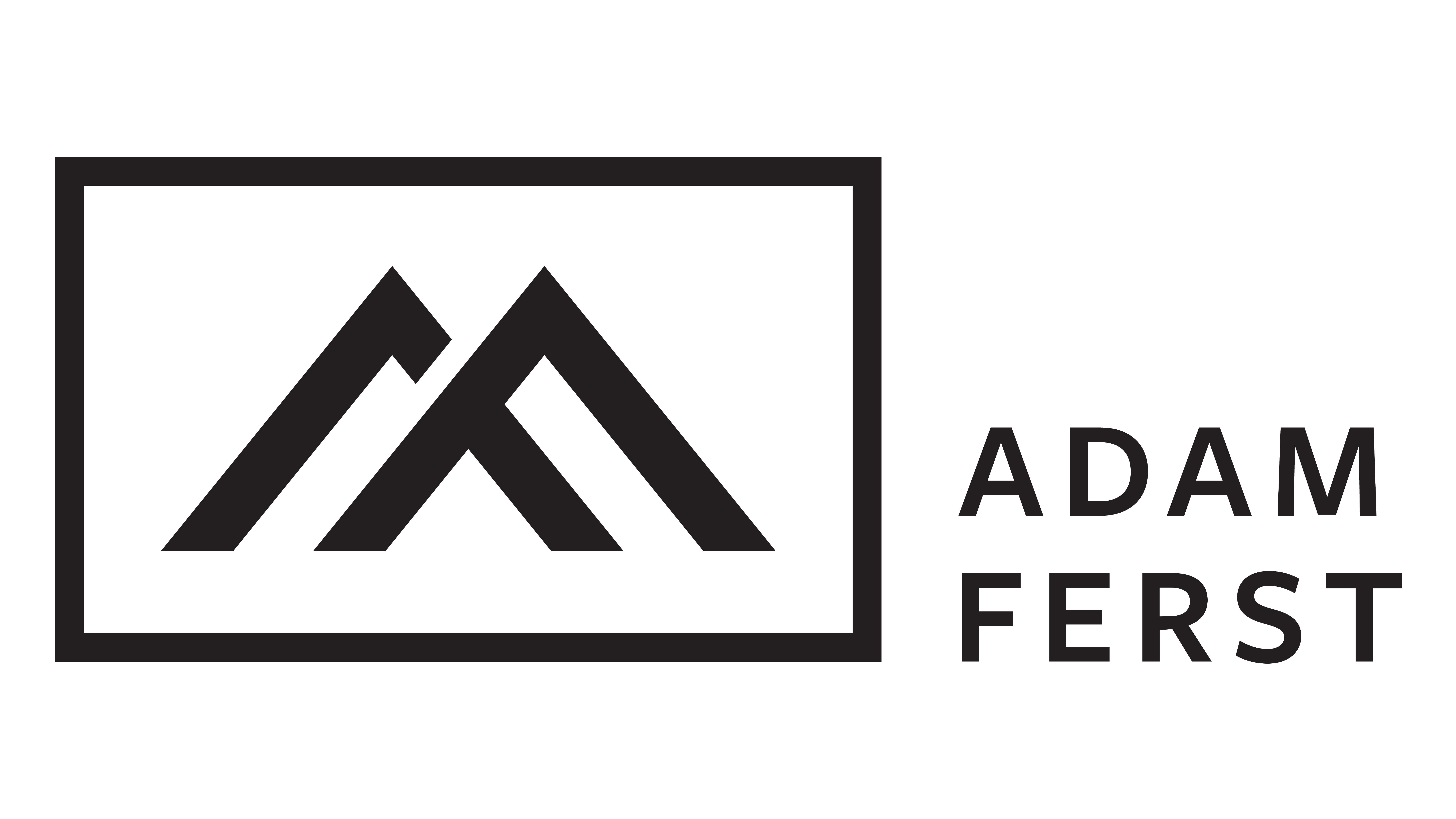Main Line Home Pricing Secrets for a Successful Sale
.jpg?w=128&h=128)
Adam Ferst
It is my sincere (albeit lofty) goal to eliminate all stress and anxiety from each and every real estate transaction in which I am involved...
It is my sincere (albeit lofty) goal to eliminate all stress and anxiety from each and every real estate transaction in which I am involved...
When embarking on the journey of selling your home on the illustrious Main Line, setting an appropriate price from the outset is essential. The correct pricing strategy is more than just attaching a figure to your property; it’s about intelligently positioning your home in the market to attract qualified buyers and maximize your profit. This article will cover three proven pricing strategies that are especially effective in the unique and diverse real estate landscape of the Main Line, from Villanova to Bryn Mawr and beyond.
Localized Comparative Market Analysis (CMA)
A Comparative Market Analysis (CMA) for the Main Line digs into the intricacies of recently sold homes that mirror yours in size, condition, and other crucial attributes. This analysis spans across various communities, including Ardmore, Wayne, or any part of this upscale area, to pinpoint a competitive yet realistic price range for your home by examining current market tendencies and comparable sales data.
Pros:
- Market Specificity: CMAs on the Main Line are finely tuned to reflect local market dynamics, providing a precise fair market value estimation.
- Competitive Advantage: Aligning your pricing with recently sold, similar properties in areas like Devon or Berwyn enhances appeal to serious buyers, potentially igniting a bidding war.
- Confidence Boost: A professionally crafted CMA specific to regions such as Narberth or Malvern grants credibility to your asking price, satisfying both sellers and investors with its transparent methodology.
- Variable Segments: The Main Line’s diverse neighborhoods might introduce complexity, possibly overlooking unique home features or rapid market shifts.
- Agent Perspective: Variances in how real estate professionals interpret data might lead to diverse pricing suggestions.
- Market Pace: The fast-moving nature of the Main Line market necessitates continuous CMA updates for accuracy.
Strategic Below Market Pricing for Swift Transactions
Setting your home’s price slightly under the estimated market value can be a tactical move in areas with high demand like the Main Line. This strategy aims to rapidly draw in a larger buyer base, using the allure of a perceived bargain to encourage quick offers, hopefully inciting a bidding frenzy that elevates the final sale price.
Pros:
- Heightened Interest: A below-market asking price can significantly boost buyer attention, making your listing stand out in sought-after locales like Haverford or Gladwyne.
- Swift Sales: Presenting your property as an attractive deal may speed up the selling process, ideal for those who need to move their property quickly.
- Bidding Wars: The allure of saving can lead to multiple offers, potentially raising the sale price above your initial expectation.
- Value Missteps: There’s a risk of underpricing your home, especially in luxury markets, potentially leaving money on the table.
- Unfounded Assumptions: Buyers might speculate there are hidden flaws with the property due to its seemingly low price, causing unnecessary concern.
- Negotiation Perception: Some might see this strategy as a sign of seller desperation, which could weaken your bargaining position.
Aiming High to Encourage Negotiations
Pricing your home above its estimated market value on the Main Line can create an opening for negotiation, making it possible to align on a sale price that satisfies both parties. This approach paints your home in an exclusive light, attracting buyers willing to pay a premium for what they perceive as an unmatched offering within affluent communities.
Pros:
- Exclusivity Allure: A loftier price tag may attract wealthier buyers looking for unique properties in prestigious areas like Radnor or Penn Valley.
- Room for Compromise: Setting a higher initial price gives you the flexibility to negotiate terms without compromising your financial goals.
- Market Fluctuations Buffer: A higher asking price can act as a safety net against unexpected market downturns or costs, ensuring you don’t undersell your home.
- Buyer Deterrence: Excessively high pricing can alienate potential buyers who view the cost as beyond their reach or simply unrealistic.
- Market Stagnation: Overpriced homes tend to stay on the market longer, potentially harming the property’s appeal and leading to price reductions.
- Appraisal Hurdles: An agreed-upon sale price far exceeding the appraised value can obstruct the buyer’s financing efforts, putting the sale at risk.
Choosing the most suitable pricing strategy for your Main Line home involves a nuanced understanding of the local market, your property’s distinct attributes, and your own selling objectives. Whether you opt for a detailed CMA, decide to entice buyers with a below-market listing, or aim high to leverage the inclination for negotiation, each approach has unique advantages and challenges. Collaborating with a seasoned Main Line real estate expert will empower you to navigate these options with ease, ensuring you achieve the best possible outcome when selling your home.
Contemplating a sale on the Main Line? Reach out today, and our team of specialists will guide you in selecting the perfect pricing strategy for your property, ensuring a smooth and profitable sale.
Thinking about selling your home?
Get in touch. We'll guide you through every step of the process to ensure a smooth transaction that meets your goals.



